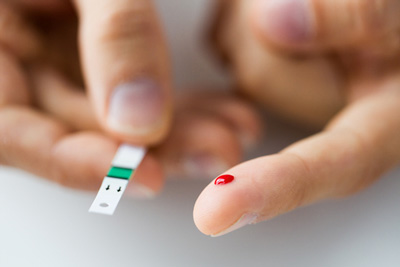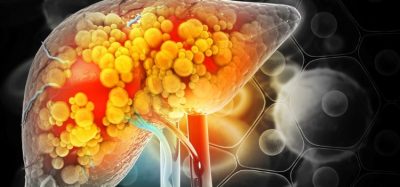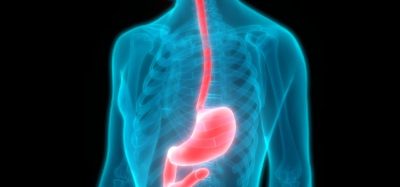LixiLan-O and LixiLan-L meet primary endpoints
Posted: 13 June 2016 | Victoria White (European Pharmaceutical Review) | No comments yet
Results from Sanofi’s Phase III LixiLan-O and LixiLan-L clinical trials have been presented at the American Diabetes Association 76th Scientific Sessions.


LixiLan-O investigated the efficacy and safety of a once-daily single injection of the titratable fixed-ratio combination of insulin glargine 100 Units/mL and lixisenatide versus treatment with either lixisenatide or insulin glargine 100 Units/mL alone over a 30 week period in 1,170 patients whose type 2 diabetes was not adequately controlled on metformin alone or on metformin combined with a second oral anti-diabetic agent.
In LixiLan-O, after 30 weeks, the titratable fixed-ratio combination showed significantly greater reductions in HbA1c from baseline (8.1%) versus insulin glargine 100 Units/mL and lixisenatide (-1.6%, -1.3%, -0.9%, respectively), reaching mean HbA1c levels of 6.5%, 6.8%, 7.3%, respectively. More subjects reached target HbA1c <7% with the titratable fixed-ratio combination (74%) versus insulin glargine 100 Units/mL (59%) or lixisenatide (33%). Mean body weight increased with insulin glargine 100 Units/mL (+1.1kg), and decreased with the titratable fixed-ratio combination (-0.3kg; difference 1.4kg) and lixisenatide (-2.3kg).
Documented symptomatic hypoglycaemia was similar with the titratable fixed-ratio combination (25.6% of patients; 1.44 events/year (E/Y)) and insulin glargine 100 Units/mL (23.6% of patients; 1.22 E/Y), but lower with lixisenatide (6.4% of patients; 0.34 E/Y).
LixiLan-L meets primary endpoints
LixiLan-L investigated the efficacy and safety of the titratable fixed-ratio combination of insulin glargine 100 Units/mL and lixisenatide versus treatment with insulin glargine 100 Units/mL over a 30 week period in 736 patients whose type 2 diabetes was not adequately controlled at screening on basal insulin, alone or combined with one to two oral anti-diabetic agents. Treatment with metformin, if previously taken, was continued throughout the study while other oral agents were discontinued.
After 30 weeks, the titratable fixed-ratio combination showed significantly greater reductions in HbA1c from baseline (8.1%) versus insulin glargine 100 Units/mL (-1.1% versus -0.6%;), reaching mean HbA1c levels of 6.9% and 7.5%, respectively. More subjects reached target HbA1c <7% with the titratable fixed-ratio combination (55%) versus insulin glargine 100 Units/mL (30%). Mean body weight increased with insulin glargine 100 Units/mL (+0.7 kg), and decreased with the titratable fixed-ratio combination (-0.7 kg; difference 1.4 kg).
Documented (<=70 mg/dL) symptomatic hypoglycaemia was similar with the titratable fixed-ratio combination (40% of patients; 3.0 E/Y) and insulin glargine 100 Units/mL (42.5% of patients; 4.2 E/Y).
The most frequent adverse events in both studies were nausea, vomiting and diarrhoea.
Sanofi says the results of the LixiLan-O and LixiLan-L studies have been included in regulatory submissions to the U.S. Food and Drug Administration (FDA) and European Medicines Agency (EMA), with regulatory decisions anticipated in August 2016 (FDA) and Q1 -2017 (EMA).









